Soil Percentage in India
- Alluvial Soil – 22.16%
- Red Soil- 28%
- Black Soil-29.69%
- Saline & Alkaline Soil- 1.29%
- Peaty & Marshy Soil-2.17%
- Laterite Soil -2.62%
- Arid & Desert Soil – 6.13%
- Forest & Mountain Soil – 7.94%

Soil distribution in India
Agriculture mainly depends on the soil. It is composed of various minerals, air, organic matter, and water. These are present on the topmost layer of the land. Soil grains are of three types namely Sand, Clay, and Silt.
The soils are formed by weathering of rocks and deposition of denudation.
Types of soil in India
There are eight types of soil identified by the Indian Council of Agriculture (ICAR) which is established in 1953.

Soil distribution in India and its Nature, Crops Grown
Alluvial soil
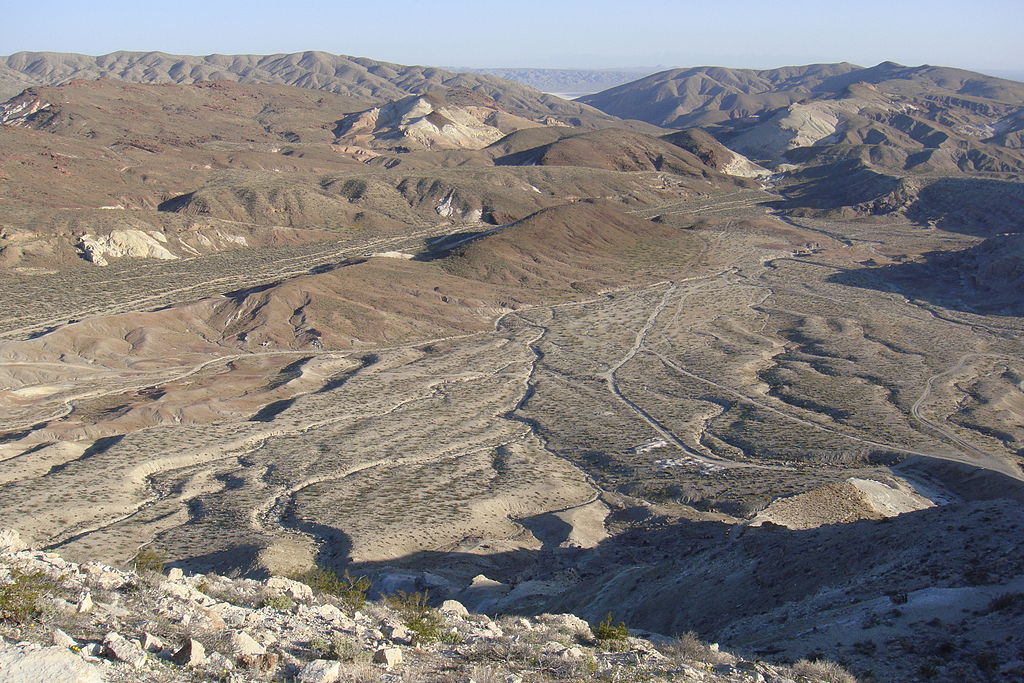
Characteristics of Alluvial Soil
It is light-colored, much more siliceous in Khadar type Alluvial soil. In the case of Bhanger, it is dark, clayey, lime nodules in older alluvium soil.
Formation of Alluvial Soil
Alluvial soil is formed by streams and rivers carry deposits from hills.
Chemical properties of Alluvial Soil
Alluvial soil composition – It is rich in carbon compounds, lime, phosphoric acid, potash, but poor in nitrogen.
Nature of Alluvial Soil
All the grains such as sandy, loam, silt, and clay show a similar profile.
Distribution of Alluvial soil in India
Ganga and Brahmaputra river valleys and the Plains of Haryana, Uttar Pradesh, Punjab, Uttaranchal, West Bengal, and Bihar.
Crops that grow in Alluvial Soil
Oilseeds, Wheat, Sugarcane, and Rice
Black soils
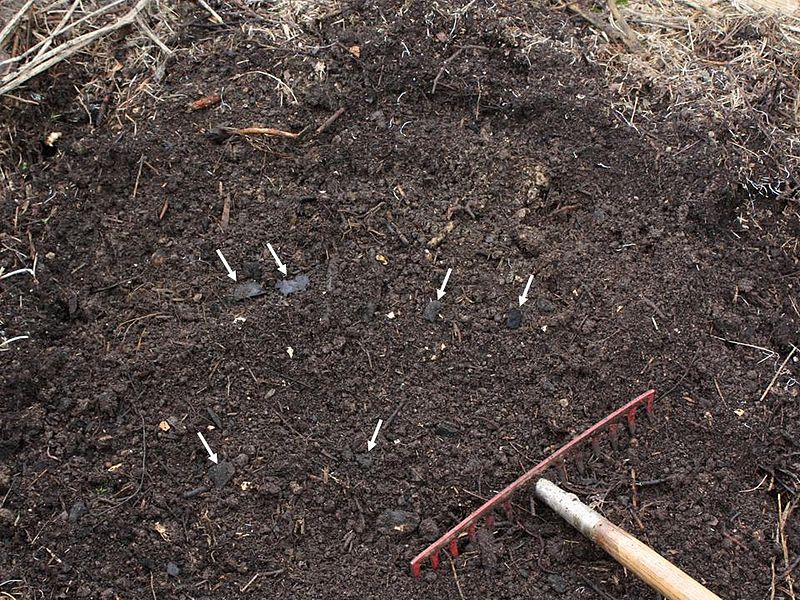
Formation of Black Soil
Black are from Deccan Trap Basalt. It is black due to its Iron and Titanium presence. The black soil percentage in India is 29.69%
Chemical properties of Black Soil
It consists of high quantities of iron, calcium, lime, aluminium, magnesia, magnesium carbonates, potash lime, Aluminum calcium, and magnesium poor in Nitrogen Phosphoric acid and humus.
Nature of Black Soil
Black soil has a very high degree of moisture retentivity and becomes sticky when wet.
Distribution of Black Soil
The northern part of Karnataka, Maharashtra and Malwa plateaus, Telangana and Rayalaseema region of Andhra Pradesh and Kathiawar peninsula.
Crops that grow in Black Soil
Sugarcane, Cotton, Tobacco, and Millet.
Red Soil
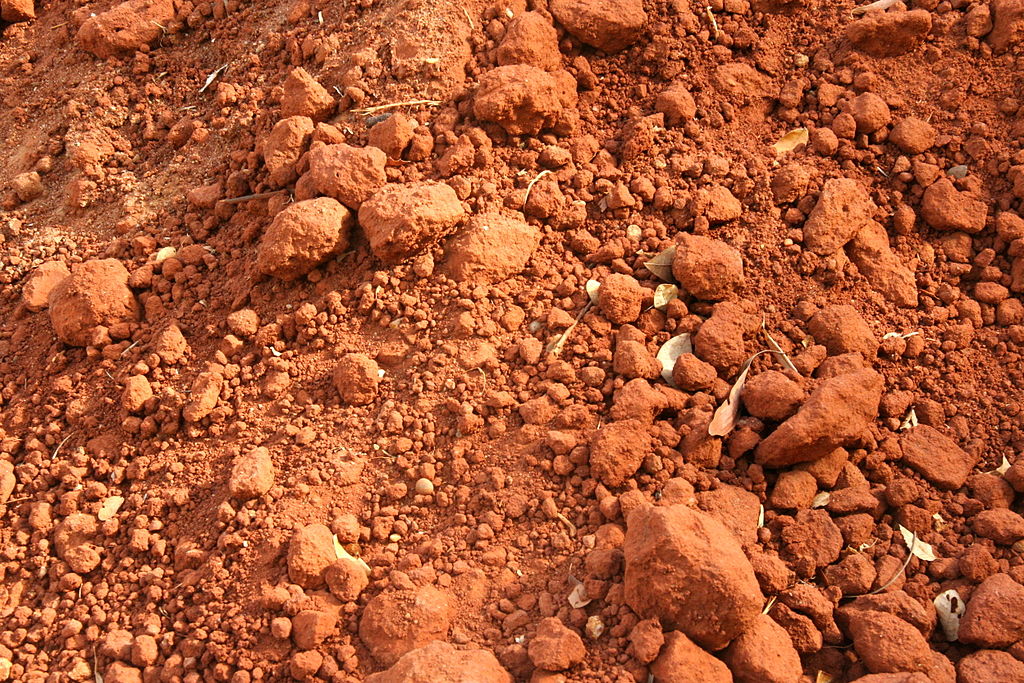
Formation of Red soil
Red soil is formed by the decomposition of ancient crystalline rocks such as granite and gneisses. The red soil percentage in India is 28%.
Chemical Properties of Red Soil
It is rich in iron and magnesium but deficient in phosphoric acid, lime, hummus, and Nitrogen.
Nature of Red Soil
It is red, clay fraction of soil consists of Kaolinitic mineral, porous, light texture.
Distribution of Red Soil
Southern states of Kerala, Tamil Nadu, Karnataka, and Eastern parts of Deccan plateau, Chota Nagpur plateau (Jharkhand).
Crops that grow in Red Soil
Cotton, Wheat, Rice, Sugarcane, and Pulses.
Laterite soils
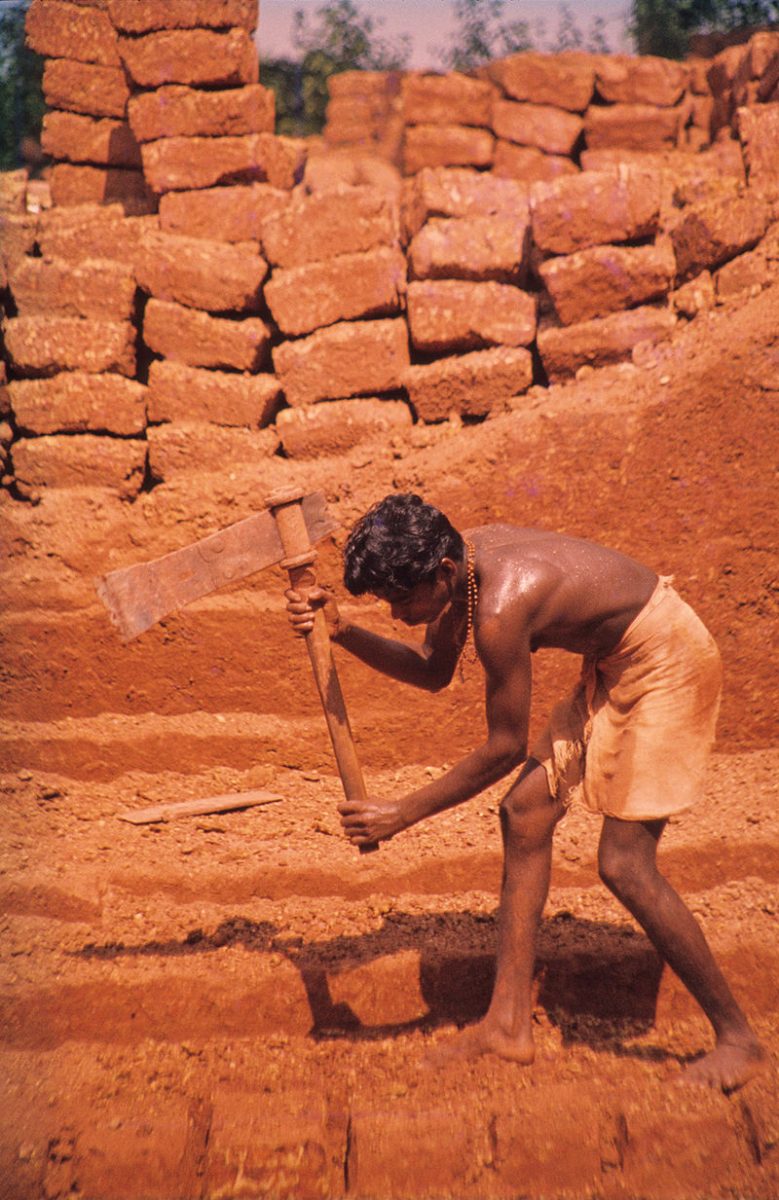
Formation of Laterite soil
Laterite soil is formed in the region where both hot dry and wet condition exists alternatively and is formed by the process of leaching. The laterite soil percentage in India is 2.62%.
Chemical properties of Laterite Soil
This type of soil is mainly made of aluminium and iron hydrated oxides. Laterite soils are more acidic in higher areas and they cannot maintain moisture. But in the plain regions, Laterite soils can maintain moisture and consist of clay and heavy loam.
Distribution of Laterite Soil
Odisha region, Karnataka, eastern Ghats, Assam hills, and hilly regions of Kerala.
Crops That Grow in Laterite Soil
Laterite soil crops that provide good commercial value are Rubber, Cashew Nut, Tapioca, and Coffee.
Forest and mountain soils
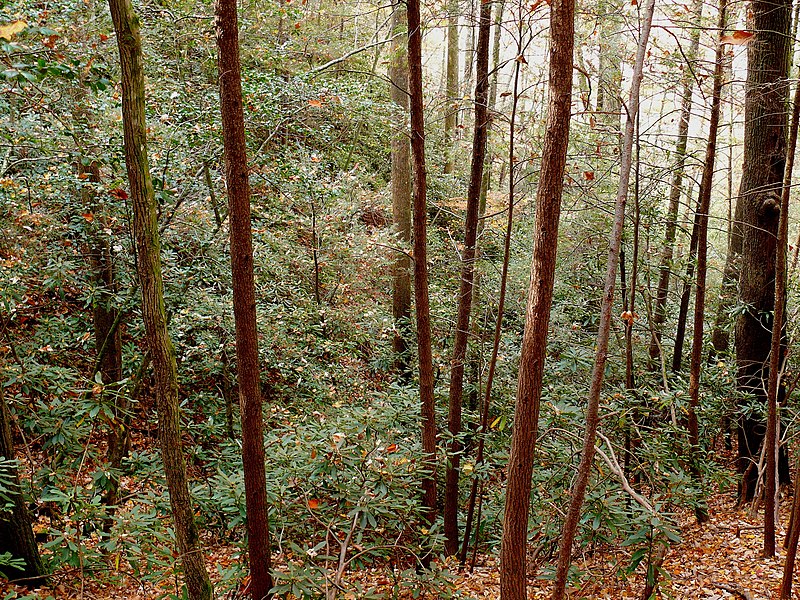
Based on climate and region the property of this kind of soil differs.
Formation of Forest and Mountain Soil
This soil is formed from the mechanical caused by the act of temperature variations, snowfall, and rainfall.
Chemical properties of Forest and Mountain Soil
These soils lack lime, potash, and Phosphorus.
Nature of Forest and Mountain Soil
It is acidic due to slow decomposition, humus-rich, thin light, and sandy with pieces of rocks. Their character is based on their parent rocks.
Distribution of Forest and Mountain Soil
Eastern and the Western Ghats, Sikkim, Jammu, and Kashmir Coniferous belts, Himachal Pradesh, Uttarakhand.
Crops that grow in Forest and Mountain Soil
Coffee, tea, rice, maize, potato, barley, tropical fruits, and various types of spices
Arid and desert soils
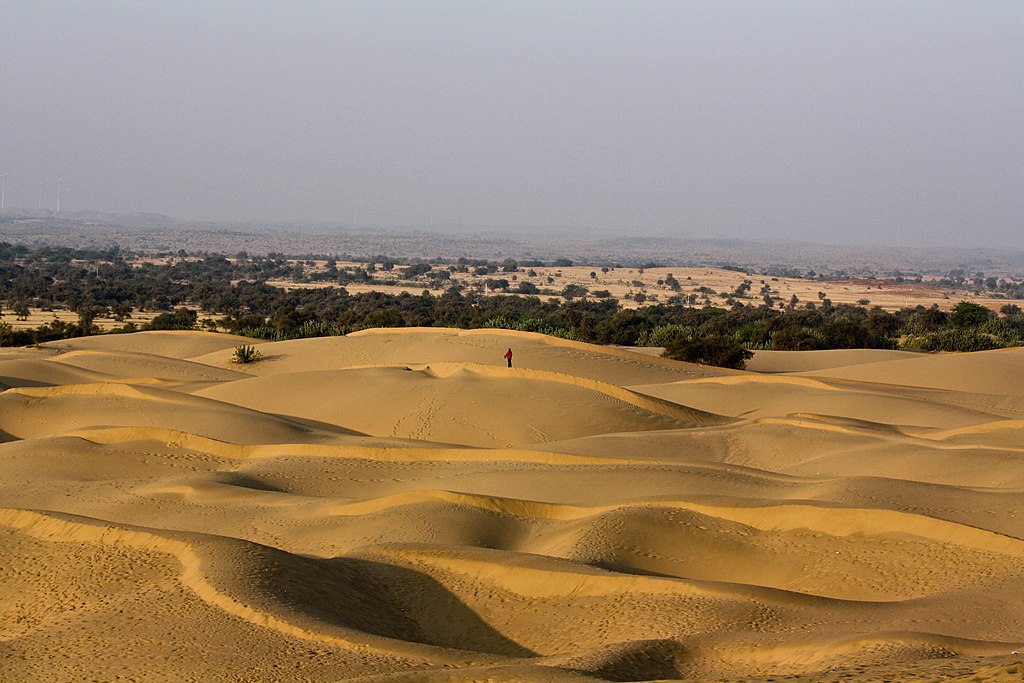
Formation of Arid and Desert Soils
Due to the continued dry climate, high temperature, and fast evaporation, the soil is dry. This type of soil lack humus due to the absence of vegetative cover.
Chemical properties of Arid and Desert Soils
It contains phosphate even though it is poor in nitrogen, a high percentage of soluble salts, alkaline with calcium carbonate with varying degrees, and poor in organic matter.
Nature of Arid and Desert Soil
It is light-coloured with low humus and moisture, and friable.
Distribution of Arid and Desert Soil
Southern Punjab, Gujarat, and Rajasthan.
Crops that grow in Arid and Desert Soil
Maize and pulse, barley, cotton, Millet when irrigated.
Saline and Alkaline Soils
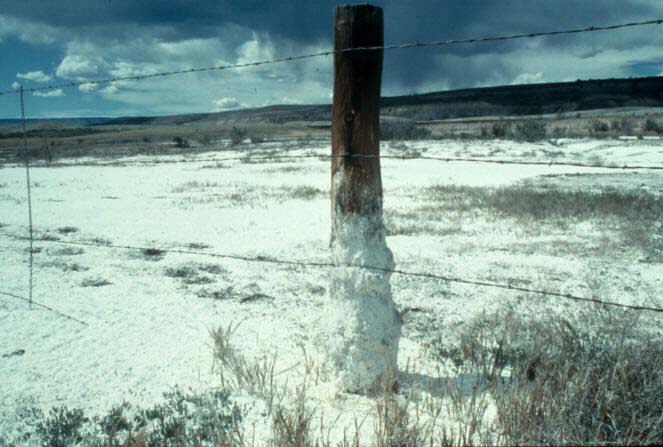
Formation of saline and Alkaline Soil
This is formed by poor drainage that makes waterlogging and injurious salts are taken to the topmost layer by capillary action.
This causes salinity to the soil.
Chemical Properties of Saline and Alkaline Soil
It liberates sodium, calcium salts, magnesium, and sulfurous acid.
Nature of Saline and Alkaline Soil
It consists of the mineral fragment as a result of poorly, not fully decomposed rocks.
Distribution of Saline and Alkaline Soil
Maharashtra, Haryana, Uttar Pradesh, Karnataka, Andhra Pradesh, and drier parts of Bihar.
Peaty and marshy soils
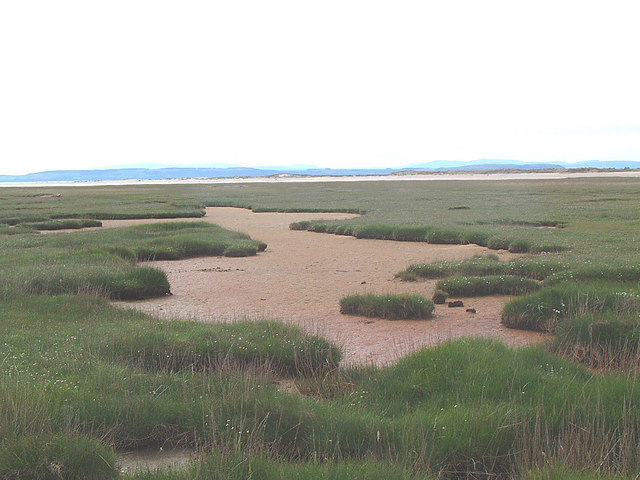
Formation of Peaty and marshy soils
This is formed by organic matter in humid regions where there is high humidity and heavy rainfall.
Nature of Peaty and Marshy soils
It is highly acidic, heavy, and black in color.
Chemical properties of Peaty and Marshy soils
Organic matter content is 10 to 40%, high vegetable matter proportion, and contains a considerable amount of soluble salts, it is deficient in potash and phosphate.
Distribution of Peaty and Marshy soils
Almora district of Uttarkhand, Bihar, Kottayam, and alapurra districts of Kerala, coastal regions of Tamil Nadu and Odisha, Sundarbans of West Bengals.
Crops that grow in Peaty and Marshy Soil
Paddy, Jute.

Soil degradation
The India Institute of Remote Sensing (IIRS), estimated that the soil degradation is about 147 million hectares in India in its report in 2015.
Soil degradation is caused by Soil erosion like sheet erosion, Rill Erosion, Gully erosion, Ravine, and Badlands.
Also, Due to Saline and Alkaline, Salt flats.
Conservation and Management of Soil Methods
- Growing up plants and trees- Afforestation.
- Constructing Dams
- Construction Barrages.
- Overgrazing Prevention.
- Good agriculture practices such as Contour method, Rotation of crops, Contour bunding, shelterbelt planting, strip cropping.
- Sustainable agricultural practices.
Conclusion
This article is written for the topic ‘soil distribution in India’ for Upsc Exam and other state service exams. This post covers soil percentage, soil types, nature and characters, and the crops cultivated in it.
